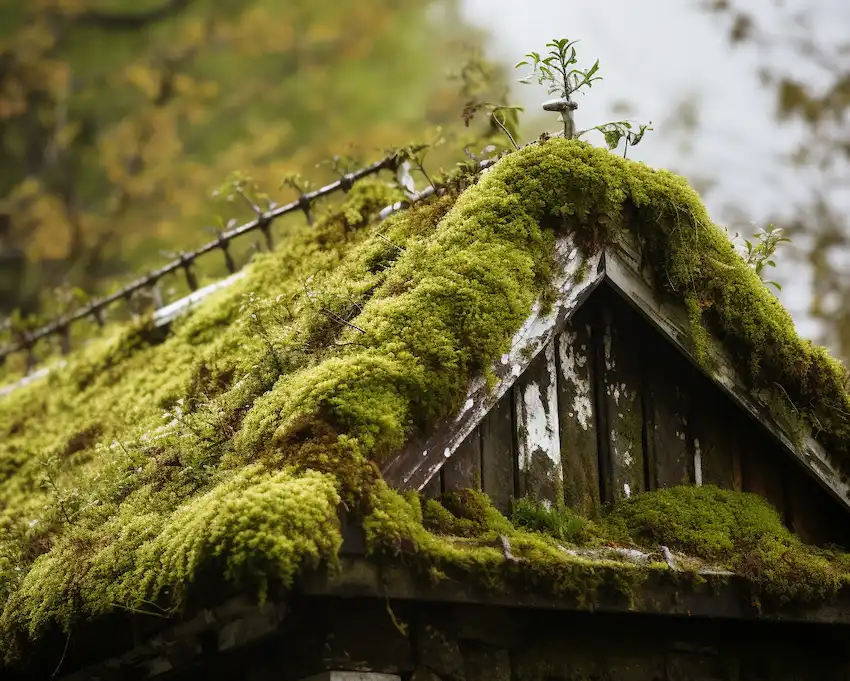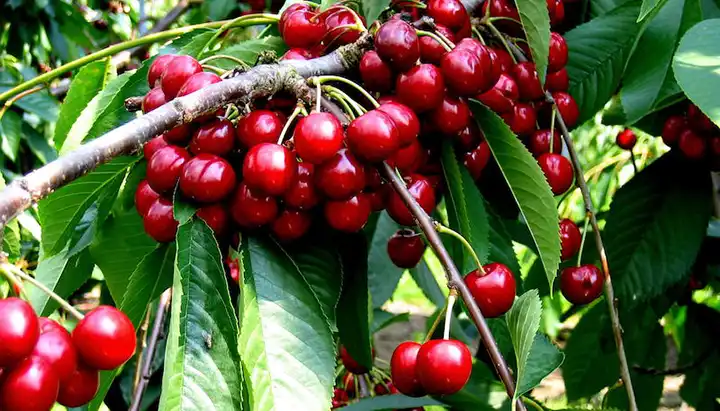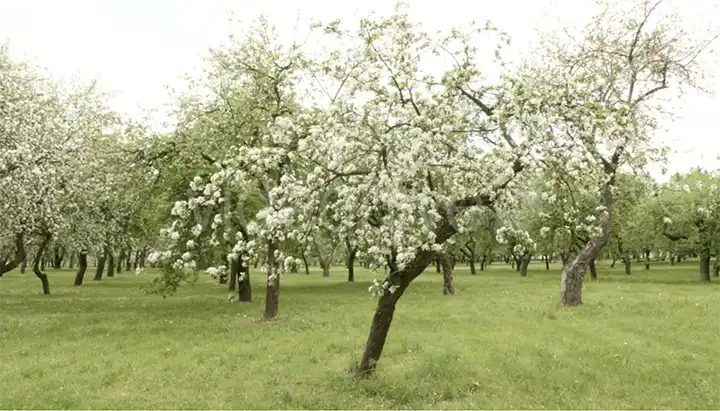Creating a Green Roof: A Step-by-Step Guide
Green roofs are not only aesthetically pleasing but also environmentally beneficial. They help reduce the urban heat island effect, improve air quality, and provide a habitat for wildlife. Plus, they can increase the lifespan of your roof and improve thermal insulation. Here’s a step-by-step guide to creating your very own green roof.

1. Assess Your Roof’s Suitability
Before you begin, you must determine if your roof can support the additional weight of a green roof. Consult a structural engineer to assess the load-bearing capacity of your existing structure. You should also check local building codes and regulations to ensure that your green roof project complies with all requirements.
2. Design Your Green Roof
Consider the type of green roof you want: extensive (with a thin layer of soil and low-growing plants like sedums) or intensive (with deeper soil to support a wider variety of plants, even small trees). The choice will affect the construction method and materials needed.
3. Waterproof and Protect Your Roof
Start by laying a waterproof membrane to protect the structure from water damage. Over this, add a root barrier to prevent roots from penetrating the waterproof membrane. It’s crucial to ensure that these layers are properly installed and sealed to prevent leaks.
4. Install Drainage and Insulation
Proper drainage is essential for a green roof. Install a drainage layer to help water flow off the roof, preventing waterlogging. Above the drainage layer, place a layer of insulation to help regulate the temperature of the building.
5. Add a Growing Medium
On top of the insulation and drainage layers, you will spread a growing medium, which is typically a lightweight soil mix. It should provide nutrients and support for plants while also retaining moisture without being too heavy.
6. Select and Plant Your Vegetation
Choose plants that are suitable for the climate and the amount of sunlight your roof receives. Drought-resistant plants that can withstand harsh rooftop conditions are generally best. Once you have your plants, arrange them on the growing medium and plant them securely.
7. Maintain Your Green Roof
Regular maintenance is required to ensure the health and longevity of your green roof. This includes watering, weeding, and replacing any plants that don’t survive. Also, periodically check the drainage to make sure it’s not clogged.

8. Enjoy Your Green Roof!
Once established, your green roof will not only provide a beautiful and tranquil space but also contribute to the well-being of your urban environment.
Additional Tips
- Research: Look into subsidies or grants; some municipalities encourage green roofing.
- Professional Help: For complex installations, consider hiring a professional.
- Plant Selection: Native plants are often a good choice as they are adapted to local conditions.
- Accessibility: Plan how you will access the roof for maintenance.
Creating a green roof is a rewarding project that benefits both the homeowner and the environment. With proper planning and maintenance, your rooftop garden will thrive for years to come.



















